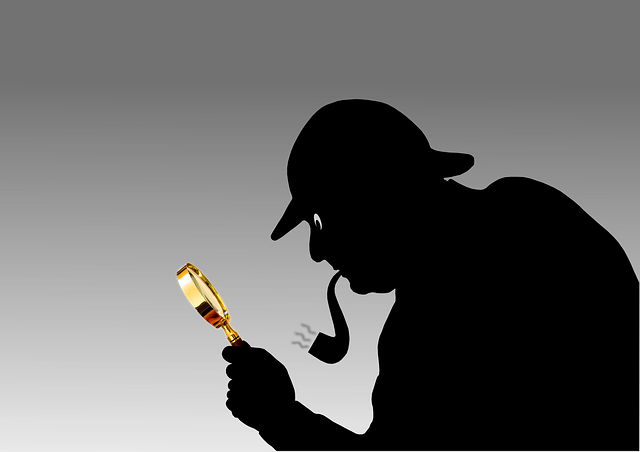Pamela Meyer, founder and CEO of Calibrate which is a leading deception detection company based in Washington DC, gave a TED talk in 2011 on spotting a liar. In her talk she said that people can lie 10–200 times a day. She added that other studies showed that strangers lied three times within the first 10 minutes of meeting someone!
It is interesting to note that she says liars also like to use qualifying language, like “To tell you the truth”… “Honestly”… “I swear to you.” They also like to repeat the question before answering it. “Did I eat the last bowl of chocolate ice cream?” Repeating questions buys time to help them come up with an answer. Liars like to over-emphasize all of the details and be very specific on what they are saying. Often times, they pick some vague point and talk about it incessantly instead of focusing on the main issue.
Additionally in a book written in 2011, called “Spy the Lie,” three former CIA officers compiled decades of their experience in recognizing deceptive behavior into this book. Some of the possible ways to know that someone is not being truthful are:
- Covering the mouth or eyes. There’s a natural inclination to try to cover a lie. Someone telling a lie may cover their mouth or eyes. The same holds true when a person shuts their eyes while answering, indicating on a subconscious level that they don’t want to see the response to the lie.
- Clearing the throat clearing or swallowing frequently
- Adjusting clothes. A man might adjust his tie or a woman may straighten her skirt or move her hair when responding to a question.
- Dodging a direct answer. This one is one of my personal irritants. I feel it every night when I watch the news and politicians are interviewed. I’m the one screaming “Just answer the question!” If you ask someone, “Did you steal the car?” and they answer with “I didn’t do it,” “It was not me,” or “I didn’t do anything,” instead of a simple “no,” consider that noteworthy. Giving such answers are a way for the person to psychologically avoid a blatant lie.
- Attacking the person asking the question such as “Don’t you have something better to do than to waste my time with this stuff?”
- “Dressing up the lie” by bringing up religion. Look for phrases such as “I swear to God” or “As God is my witness,” which may indicate a falsehood is taking place.
- Touching their face and rubbing the back of their neck.
- Liars also like to “hedge their statements.” You’ll hear these often when you listen to court testimony, political hearings and TV interviews. You’ll hear: “As far as I recall…” “If you really think about it…” “What I remember is…” Hedged statements aren’t an absolute indicator of deception, but an overuse of qualifying phrases certainly should raise suspicion and make you dig a little deeper.
- Avoiding pronouns. If you question an invoice, a liar might say “You don’t bill hours that you didn’t work” instead of making the clear first- person statement such as, “I don’t bill hours I didn’t work.”
- Switching anchor points. Anchor points are defined as the areas that keep someone in a particular spot or position. A person standing uses their feet as anchor points, while a person in a chair is using their butt as an anchor point. When you start to see the anchor points shift, it can be a sign of deceptive behavior.
Disclaimer: It’s important to note that just because someone exhibits some of these signs doesn’t make them a liar. These behaviors should be compared to a person’s normal behavior whenever possible. Most experts agree that a combination of body language and other verbal and non-verbal cues should be used to make an educated guess on whether someone is telling the truth or a lie.
To receive similar content, “Like” us on Facebook @ https://www.facebook.com/niagarabuzz.ca










